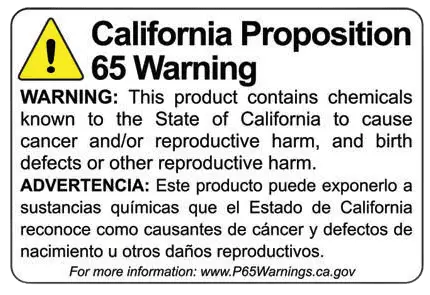 Heat shrink tubing is a versatile, heat-activated material widely used in industrial applications to provide insulation, protection, and durability. Its ability to conform tightly to the shape of objects when exposed to heat makes it an indispensable tool across various industries. Below are some of its primary uses:
Heat shrink tubing is a versatile, heat-activated material widely used in industrial applications to provide insulation, protection, and durability. Its ability to conform tightly to the shape of objects when exposed to heat makes it an indispensable tool across various industries. Below are some of its primary uses:
1. Electrical Insulation
Heat shrink tubing is commonly used to insulate wires, cables, and electrical connections. It provides a protective barrier against moisture, dust, and other environmental factors, ensuring safe and reliable electrical performance.
Applications:
- Wire splicing: Covering soldered or crimped connections.
- Cable bundling: Organizing and protecting wire harnesses.
- Component protection: Insulating resistors, capacitors, and other sensitive components.
2. Mechanical Protection
In environments where cables and wires are exposed to abrasion or physical stress, heat shrink tubing acts as a protective layer, extending the lifespan of the components.
Applications:
- Abrasion resistance: Protecting cables in machinery or outdoor installations.
- Strain relief: Reinforcing areas prone to bending and movement to prevent breakage.
3. Environmental Sealing
Heat shrink tubing provides a watertight and airtight seal, making it ideal for protecting components from harsh environmental conditions.
Applications:
- Marine industry: Shielding cables and connectors in boats or underwater applications.
- Outdoor installations: Protecting against UV rays, rain, and extreme temperatures.
4. Identification and Color Coding
Available in a variety of colors, heat shrink tubing is used for labeling and organizing cables and wires, simplifying maintenance and troubleshooting.
Applications:
- Color coding: Marking different circuits or functions.
- Labeling: Printing information directly on the tubing for easy identification.
5. Repair and Maintenance
Heat shrink tubing is a quick and effective solution for repairing damaged cables and extending the life of aging equipment.
Applications:
- Cable repair: Covering damaged insulation to restore functionality.
- Connector reinforcement: Strengthening connections prone to wear and tear.
6. Thermal and Chemical Resistance
In industrial settings requiring exposure to high temperatures or corrosive chemicals, specialized heat shrink tubing provides additional protection.
Applications:
- High-temperature environments: Protecting components in ovens, motors, or engines.
- Chemical industries: Shielding wires and connections from corrosive substances.
7. Custom Applications
Heat shrink tubing can be customized to meet specific industrial needs, such as flame resistance, medical-grade materials, or flexible designs.
Applications:
- Aerospace: Protecting wiring systems in aircraft.
- Medical devices: Encasing surgical instruments or cables in biocompatible tubing.
Conclusion
The adaptability and protective properties of heat shrink tubing make it an essential component in industrial settings. Whether for electrical insulation, mechanical protection, or environmental sealing, its range of uses ensures the safety, efficiency, and longevity of critical systems and components.


